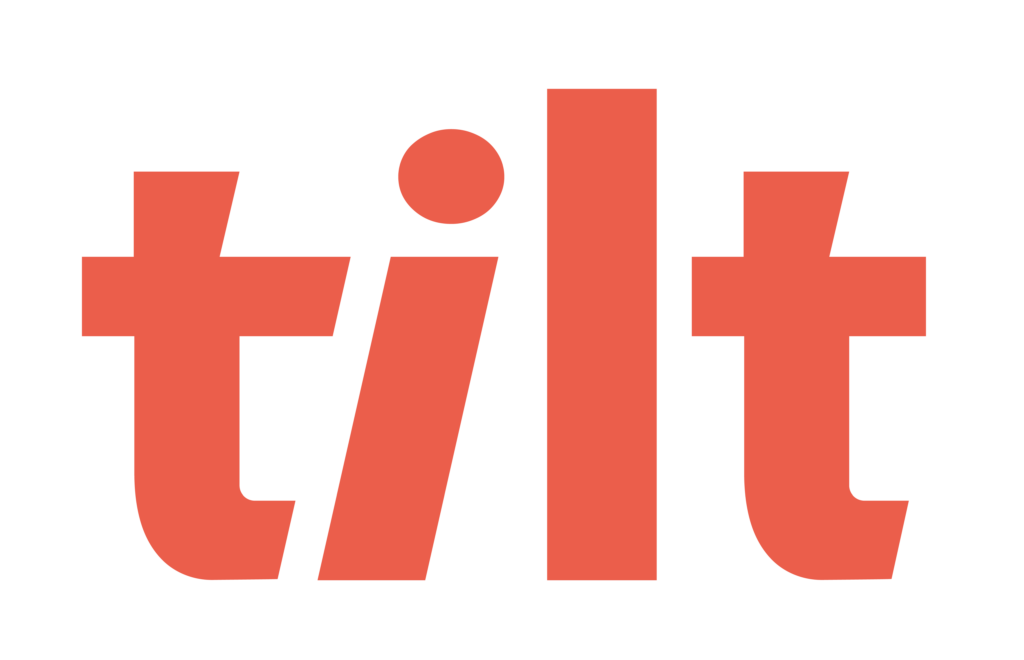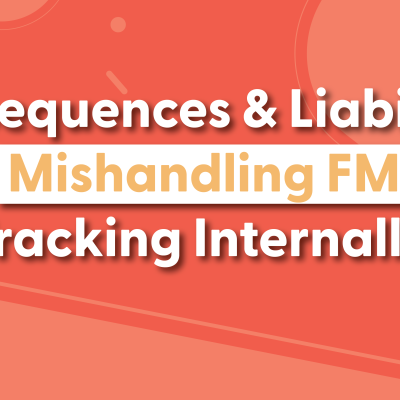Since the invention of the “That was easy” button, never once has an HR or People Ops leader pressed it when having to internally track Family and Medical Leave Act (FMLA) leaves. Between keeping tabs on certifications and notifications, hours used and dates moved, there’s a reason why you can’t spell FMLA without FML.
Tracking FMLA internally goes beyond the administrative nightmare that is Excel tabs (we see you, Google Sheet fam) and email archive spelunking. The risks associated with managing FMLA the old-fashioned way can have some serious consequences ranging from legal to operational to financial.
The risks of manually tracking FMLA
If you’re manually tracking your organization’s FMLA with spreadsheets today you are far from alone. However, it’s important to understand that doing so can introduce several challenges that may lead to errors, compliance issues, and operational inefficiencies. Here are some common problems that can arise when using manual spreadsheet-based FMLA tracking:
Data Entry Errors: Even the most meticulous typist is prone to human error. Manual data entry increases the risk of typos, incorrect dates, and other mistakes that can lead to inaccurate tracking of leave entitlements, durations, and eligibility.
Complex Calculations: Since we can never have things be easy, FMLA calculations can be quite complex, especially when determining an employee’s eligibility, tracking intermittent leave, or calculating leave balances. Spreadsheets may not handle these calculations accurately and must be updated manually should any parameters of the leave change.
Documentation Challenges: FMLA requires specific notices, and in many cases you’ll want to collect certifications, and in some instances recertifications. Manually managing and updating these documents can be cumbersome and may lead to missing or outdated records.
Lack of Visibility and Accessibility: Spreadsheets may not provide real-time visibility into leave balances or employee leave histories. This can make it challenging to plan for employee absences and ensure adequate staffing levels. If you’re storing FMLA data on individual computers or shared docs with limited personnel accessibility it may hinder timely decision-making and insights.
Security Concerns: If your process for tracking FMLA doesn’t have robust security features to protect sensitive employee information, it could lead to data breaches or privacy violations.
A Cloudy Audit Trail: In the event of an audit or dispute, it can be challenging to provide a clear and comprehensive audit trail when relying on manual spreadsheet tracking.
Version Control Issues: Multiple versions of the same spreadsheet may circulate within an organization, leading to version control problems and conflicting data.
Scalability Problems: As an organization grows, manually managing FMLA tracking for a larger workforce becomes increasingly impractical and error-prone.
To mitigate these risks and challenges, many organizations are ditching their spreadsheets and dispersed systems and opting for dedicated software that can track FMLA for them, like Tilt. Tilt automates FMLA processes, calculates leave entitlements, generates notifications, and provides secure, centralized storage for documentation. Tilt also helps improve accuracy, compliance, and efficiency while reducing the administrative burden associated with FMLA tracking.
Consequences and liabilities of mishandling FMLA tracking
Now that we’ve covered some of the ways FMLA tracking can go sideways, let’s talk about what can happen should your organization face a situation in which FMLA has been mismanaged. As an employer covered by FMLA (assuming you are if you’re reading this far…) you are required to comply with FMLA regulations, and failure to do so can result in various negative outcomes you should be aware of.
Legal Consequences
Employees who believe their FMLA rights have been violated, due to tracking mismanagement or otherwise, can file lawsuits against their employers. These lawsuits can potentially result in costly legal expenses, settlements, or judgments in favor of the employees.
Additionally, the Department of Labor (DOL) can impose fines and penalties on employers found to be in violation of FMLA regulations. It should be every organization’s goal to track and manage FMLA accurately and efficiently anyway as the average cost to defend an FMLA lawsuit is roughly $80,000. Add to that the fact that it costs employees nothing to file a complaint with the DOL, it makes it all the more important that your processes are sound and scalable.
Employee Relations
We should never lose sight of the fact that while tracking FMLA accurately may be required by law for eligible employees, FMLA leave is also a very human experience. Poor FMLA tracking can lead to confusion and frustration among employees, which can negatively impact morale and overall job satisfaction.
Beyond that, employees who feel their FMLA rights are not being respected or taken into consideration could potentially leave your organization, leading to increased turnover, further negatively impacting morale, institutional knowledge, and recruitment costs.
Operational Disruptions
Knowing when employees are coming and going from leave can feel a bit like an air traffic controller during extreme weather conditions. As a leave evolves and dates change the risk of inaccurate tracking goes up which can lead to staffing problems. If your organization isn’t prepared to adequately and accurately plan for employee absences it can cause a major disruption to workflow and productivity.
Other major disruptors to workflow and productivity are audits and investigations. Failure to comply with FMLA regulations can put your organization under the microscope diverting resources from other operational activities. The less organized and soundproof your FMLA data is, the more disruptive this could be.
Reputational Damage
Harder to measure but easy to see when the news is splattered across social media, negative publicity is never a good thing for an organization. If your manual processes find you’re repeatedly running up against FMLA violations it can damage your organization’s reputation, possibly making the brand less attractive to potential employees, customers, and investors.
How to Make FMLA tracking easy
The best way to avoid the consequences of mishandling FMLA tracking is to minimize your liabilities. Constantly updating and managing spreadsheets and disparate systems that are rife with potential points of failure, from data security to data inaccuracies, is a recipe for FMLA disaster.
Tilt addresses your FMLA tracking liabilities by handling every step of a leave from request to return to work. Tilt educates employees of their rights and responsibilities, and stores all leave data under one safe and secure digital roof.

Tilt ensures that not only are your employees going through all the required steps for a leave, but that their leaves are tracked and updated in real-time as the leave parameters change. We make it clear as day when FMLA starts and stops for your employees as well as how much FMLA has been used, how much is left, and how it may overlap with accompanying benefits they may qualify for (we walk them through applying for those as well!) Of course, Tilt manages all leave types across the country, so we also incorporate ever-changing state leave laws to keep you compliant.

No more digging through old email threads or archived desktop folders for important file information. With Tilt, all sensitive employee information is housed within our platform.

Tilt helps keep you compliant by automating the processes and managing your employees’ leaves from start to finish. We eliminate your administrative burden around tracking FMLA, and alleviate your compliance concerns so you can rest easy at night knowing your employees are getting the leave support they need, consistently, and without the worry of consequences.
About Tilt
Tilt is leading the charge in all things leave of absence management through easy-to-use tech and human touch. Since 2017, our proprietary platform and Empathy Warriors have been helping customers make leave not suck by eliminating administrative burdens, keeping companies compliant, and providing a truly positive and supportive leave of absence experience for their people.







